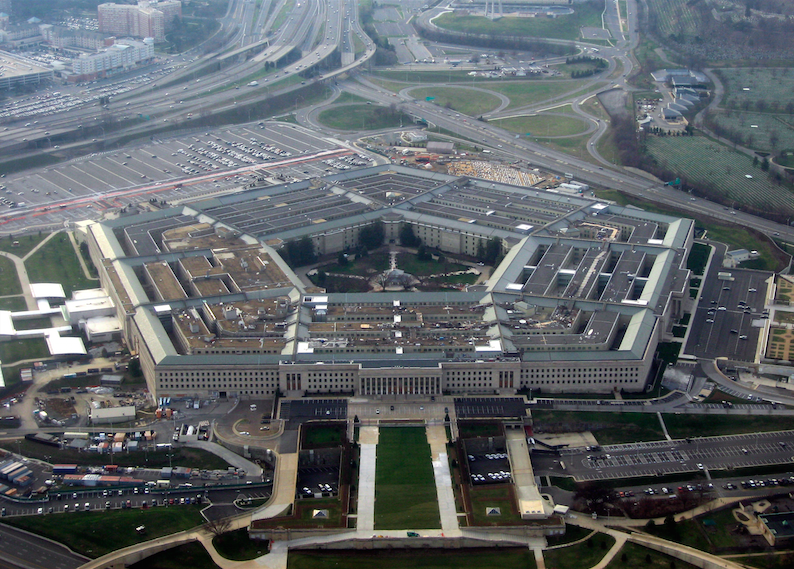
By Christina Bartzokis
One-third of police cars in the state of Connecticut are now equipped with automatic license plate readers, which scan the plates of cars around them and check for them in police databases. Facial recognition technology has also become widespread. These two independently developed pieces of technology could be quickly combined into a facial recognition scanner, capable of identifying a target amidst crowds. This step in the development of these two technologies could also revolutionize national defense technology by enabling drones to autonomously identify their targets.
Some experts, like Yale Professor Paul Bracken, believe that this is an example of the quick advance of technology outpacing the strategic foresight of the defense community, potentially leading to new technology being used in irresponsible or counterproductive ways. At his recent talk, “Silicon Valley and the Pentagon,” Bracken explained, “[Technology] is racing far beyond our ability to be strategic about it.”

The rapid acceleration in the development of military technology has been propelled by the complex relationship between Silicon Valley and the Department of Defense (DOD). Historically, the DOD has been one of the biggest sources of American innovation – Bracken called it “the mother of all venture capital firms.” Its enormous budget allows the Pentagon to invest in many research and development from many different private technology companies, many of which were initially based in Silicon Valley, while simultaneously giving it the leeway to take risks. Historically, according to Bracken, technology has been “determinant of the primacy of the US in a geopolitical sense.”
Today, however, American investment in technological development is spreading to other countries. Technology and innovation are proliferating through both increased internal development and joint ventures. The US has increased its sales of defense technology to other countries, primarily in order to increase their capacity for internal control, thus, according to the American security calculus, increasing global stability. This pattern has been duplicated by other countries: Germany recently sold multiple diesel submarines to Israel, which many believe will be used to carry Israel’s alleged nuclear weapons.
The global spread of defense technology has increased pressure on the Pentagon to maintain its technological advantage. Since the Cold War, the Pentagon has invested in the growth of many different contracting businesses, which have now shifted from the Californian Silicon Valley to the “Silicon Valley of Defense” in the Dulles Corridor of Loudoun County, Virginia. The multiplying number of defense contracting companies encompasses both primary contractors and the second and third tier companies that supply them.
The Pentagon has been criticized by funding so many firms, many of which serve similar purposes and seem wasteful or unnecessary. However, Bracken argues that the Pentagon is trying to create a competitive market for defense technology similar to the consumer technology market in the real Silicon Valley, where the numerous firms compete with each other and are thus forced to become more innovative. As the defense budget falls, however, this strategy may become infeasible: many companies in the Virginia-based Silicon Valley are already going bankrupt.
Christina Bartzokis is a freshman in Jonathan Edwards College. She can be contacted at christina.bartzokis@yale.edu